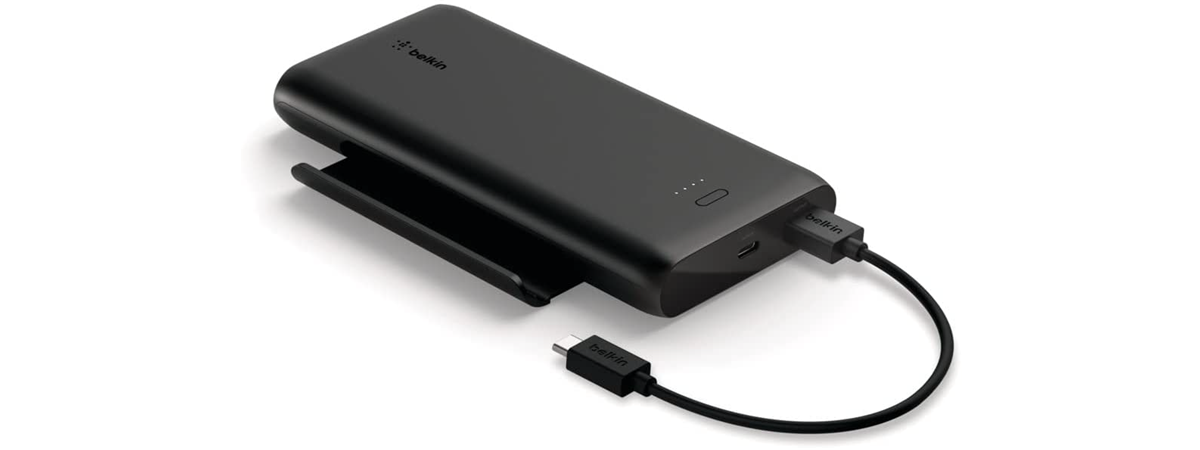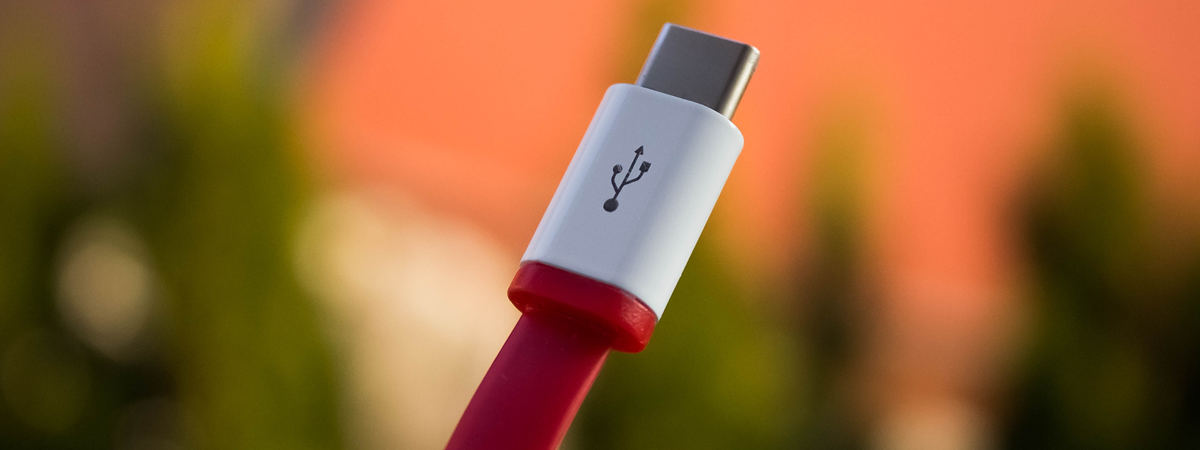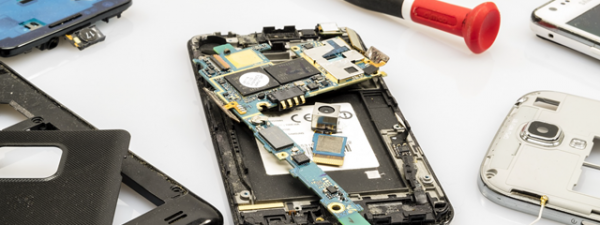
Many smartphones offer support for fast charging technologies. By using them, our smartphones can charge a lot quicker than older smartphones could. That can only be a good thing considering how fast modern processors have become and how much energy our smartphones need. Unfortunately, there are a lot of different fast-charging standards used by hardware manufacturers, and while some are compatible with others, some are not. If you want to know more about fast charging standards and how are they different from one another, read on:
How does fast charging work?
Fast charging is a feature that most smartphones offer, regardless of whether they are premium models or affordable ones. Obviously, fast charging is a technology that lets smartphones charge their batteries faster than normal, at least until their batteries reach a certain power charge level. How does it work, though?
The answer is both simple and complicated: there is more than just one fast-charging standard, and all of them are different from the others. However, they also have one thing in common: fast charging sends more electrical current to the battery, and that makes it charge quicker.
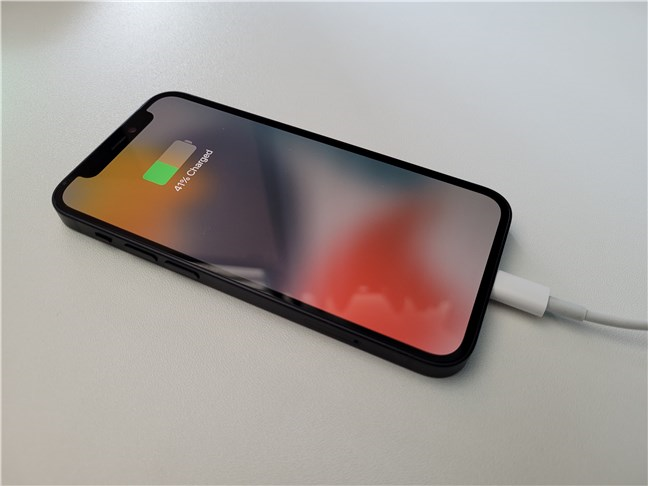
An iPhone charging its battery
Modern smartphones and tablets usually have charging cables with a USB Type-A or Type-C connector at one end and various types of USB connectors at the other end. iPhones use Apple’s Lightning connector, while Android smartphones commonly use USB Type-C nowadays. Older ones relied on mini-USB connectors. There are even universal cables with all three types of connectors that fit all modern smartphones and tablets, as shown in the picture below.
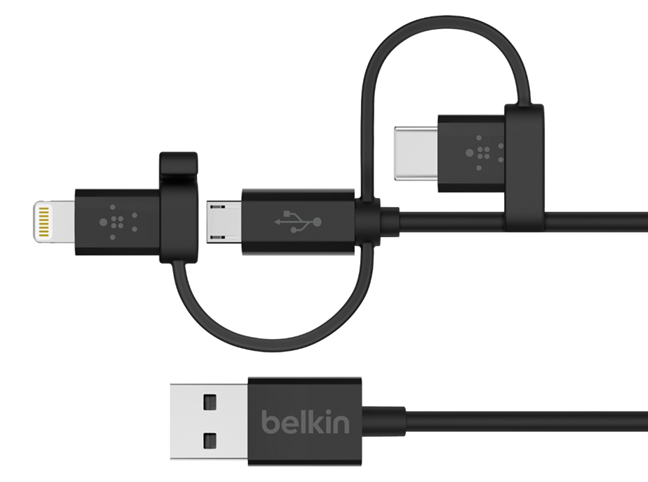
Universal Cable with Micro-USB, USB-C, and Lightning Connectors from Belkin
The end of the cable with the USB Type-A connector is plugged into the charger or some other charging source. Some cables use USB 2 ports, while others use USB 3 ports. The common thing between all charging cables for smartphones and tablets is the fact that they all rely on the USB (Universal Serial Bus) technology. This standard says that USB 2.0 ports must deliver at least 0.5 Amperes using 5 Volts for 2.5 Watts. The USB 3.0 specification delivers up to 1.5 Amperes of current at 5 Volts and a maximum power of 7.5 Watts. The USB 3.1 and USB 3.2 specifications support electric current values of up to 5 Amperes, using a voltage that can get as high as 48 Volts and deliver an amazing maximum power of more than 100 Watts, theoretically going up to 240 Watts.

Default specifications of USB standards
Volts measure voltage, Amperes measure the current, and Watts measure electrical power. Volts multiplied by Amperes equal Watts. There’s no minimum combo of Volts, Amperes, or Watts to indicate that you have fast charging. There is no common factor between them because your smartphone’s manufacturer could choose to boost either the voltage or the amperage, or even both, to achieve higher electrical power. As you can see in the table above, USB 2.0 and USB 3.0 offer little charging power, and it would take a long time to charge the battery of a modern smartphone using just the default characteristics of the USB technology. This is why USB Power Delivery and other charging standards have been developed. Today, most smartphones and tablets support one or another type of fast charging, allowing them to receive more wattage and decreasing the charging time significantly.
In short, fast charging translates into more power sent to the battery of a smartphone or tablet.
How many fast charging standards are there?
Although we are thankful that fast charging standards exist, unfortunately, there are many of them, and various hardware manufacturers create and use different versions. As we write this article, there are tens of different fast-charging standards commonly used, although some of them are not exactly “original,” as they are based on others made by different companies. The most important fast charging standards are USB PD (USB Power Delivery), Qualcomm Quick Charge, Samsung Adaptive Fast Charging, Apple Fast Charging, Huawei SuperCharge, Motorola TurboPower, Oppo Vooc, and MediaTek Pump Express. For a quick overview of their main specifications, read the table below:
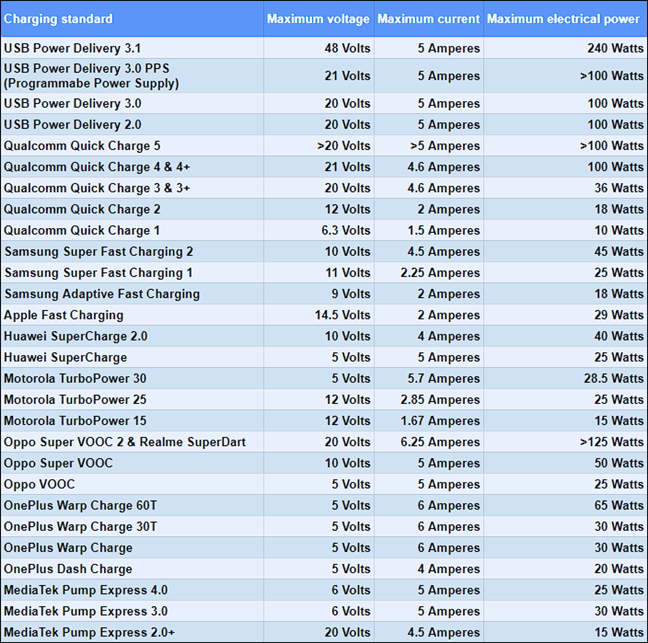
The characteristics of fast charging standards
Now let’s talk a bit of detail about the most common fast charging standards out there:
USB-PD (Universal Serial Bus Power Delivery)
USB ports are found on most modern devices, including smartphones. Phones use USB not only to transfer data but, most importantly, to charge their batteries. As batteries have increased in capacity over the years, so did our need to charge them faster. Thus came to existence the USB Power Delivery standard, which offers:
- Increased power levels of up to 240 Watts
- The power direction is no longer fixed, meaning that the charging can occur both ways, and you can, for example, use your smartphone to charge another device
- Fast charging at voltages between 5 and 48 Volts, and 0.5, 0.9, 1.5, 3, or 5 Amperes and can deliver a maximum power of 240 Watts
The USB-PD is a fast-charging standard that you can find both on smartphones and on other devices, such as laptops, monitors, and portable storage units. It has the significant advantage of being an open charging standard, free and highly scalable, that any manufacturer can use and implement into its devices. Notably, Samsung uses USB-PD on most if not all of its smartphones, including high-end ones like the Samsung Galaxy S22 or S22 Ultra.
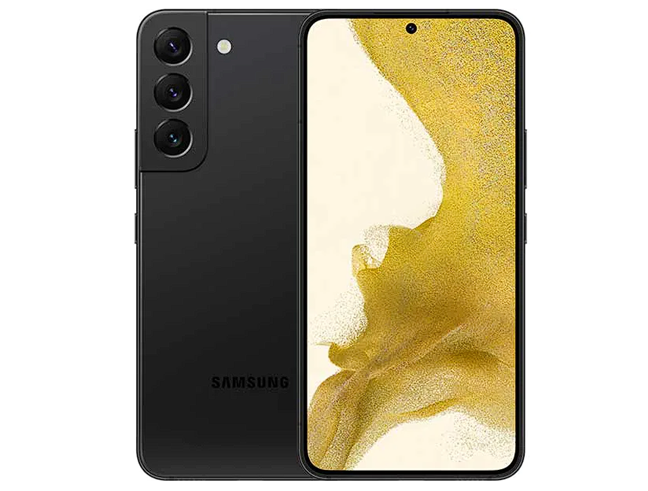
Samsung Galaxy S22 uses USB-PD
Qualcomm Quick Charge
Qualcomm Quick Charge is the most popular fast charging standard in the world, and it is used on hundreds if not thousands of different devices, like smartphones and chargers. It is developed by Qualcomm and works with Snapdragon processors for mobile devices. However, not all smartphones with a Snapdragon chipset also support fast charging. This is an optional feature that each manufacturer can choose to include on its smartphones or tablets. Up until now, Qualcomm has released five main versions of its proprietary Quick Charge standard, all of them being backward compatible:
- Quick Charge 1: up to 6.3 Volts, maximum of 1.5 Amperes, and 10 Watts. Do you remember that Volts multiplied by Amperes equals Watts? Well, 6.3 Volts times 1.5 Amperes roughly equals 10 Watts.
- Quick Charge 2: 5, 9, 12, and 20 Volts, maximum of 3 Amperes and 18 Watts. The maximum electrical power is achieved when using an input of 9 Volts, and 2 Amperes, which multiplied gives you 18 Watts.
- Quick Charge 3 and 3+: 3.6 to 20 Volts, maximum between 2.6 and 4.6 Amperes and 36 Watts. It gives the maximum electrical power when using an input of 12 Volts and 3 Amperes, which equals a total of 36 Watts.
- Quick Charge 4 and 4+: similar to Quick Charge 3.0 but adds support for USB-PD Mode (USB Power Delivery Mode), which is another fast-charging standard. The USB-PD Mode compatible specs of Quick Charge 4 are 5 or 9 Volts and between 3 and 21 Volts for USB-PD 3.0 PPS (Programmable Power Supply) and a maximum of 3 Amperes and 27 Watts.
- Quick Charge 5: released in 2020 and present only on Snapdragon 888 and 888+ chipsets. It can use more than 20 Volts and 5 Amperes, allowing for a maximum charging power of over 100 Watts!
Just a few smartphones offer support for Qualcomm Quick Charge 5 right now, such as the Asus ROG Phone 5, Nubia RedMagic 6 Pro, or the Xiaomi Mi10 Ultra. You can find the complete list of devices that support Qualcomm Quick Charge, sorted by version, in this PDF file: Qualcomm Quick Charge Technology Device List.
Samsung Adaptive Fast Charging
Samsung Adaptive Fast Charging is a fast-charging standard based on Qualcomm Quick Charge 2.0 and compatible with chargers that support that standard. It is found on many Samsung smartphones, including some high-end smartphones launched in the last couple of years, like the Samsung Galaxy S20 or S20+.
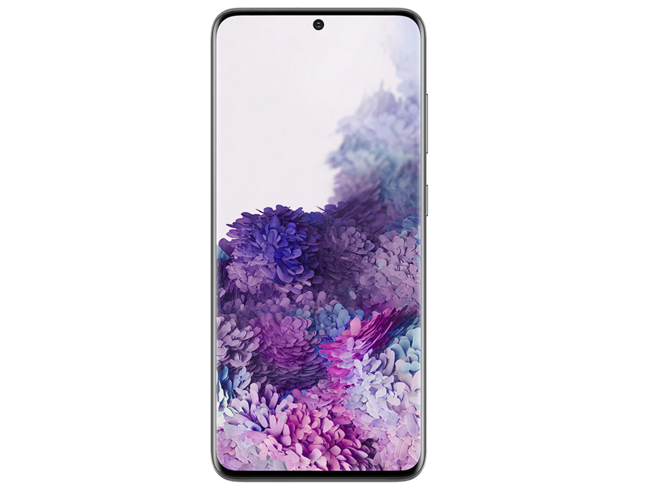
Samsung Galaxy S20 uses Samsung Adaptive Fast Charging
Apple Fast Charge
Apple chose to use the USB PD (USB Power Delivery) standard for the Apple Fast Charge on its iPhones, starting with iPhone 8 and iPhone X. However, none of the iPhones sold by Apple bundle USB PD-compatible chargers. In other words, the latest iPhone models support fast charging, but their default chargers do not. Hey, some don’t bundle any charger at all these days! That means that Apple forces you to buy USB-PD compatible chargers and cables separately if you want to fast charge your iPhone.
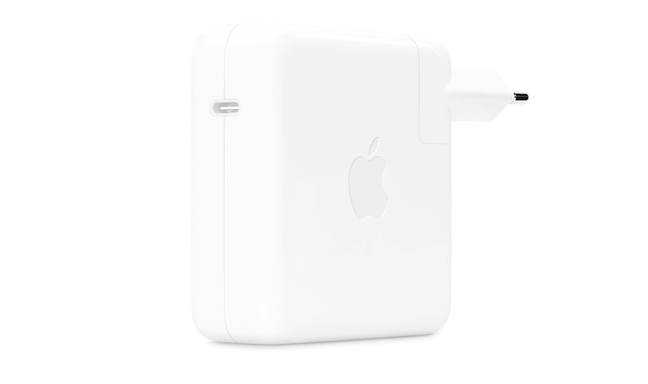
Apple 96W USB-C Power Adapter
Furthermore, according to Apple, for fast charging to work on your iPhone, you’ll have to use an Apple USB-C to Lightning cable and either one of the Apple 18W, 20W, 29W, 30W, 61W, 87W, or 96W USB-C power adapters, or a compatible third-party adapter that supports USB Power Delivery (USB-PD). This looks greedy, doesn’t it?
Motorola TurboPower
Motorola TurboPower is a fast-charging standard found on Motorola smartphones, which is also based on Qualcomm Quick Charge. That means that it should be compatible with chargers that support QC. The latest version of this fast charging standard is called Motorola TurboPower 30 and is also compatible with USB-PD.
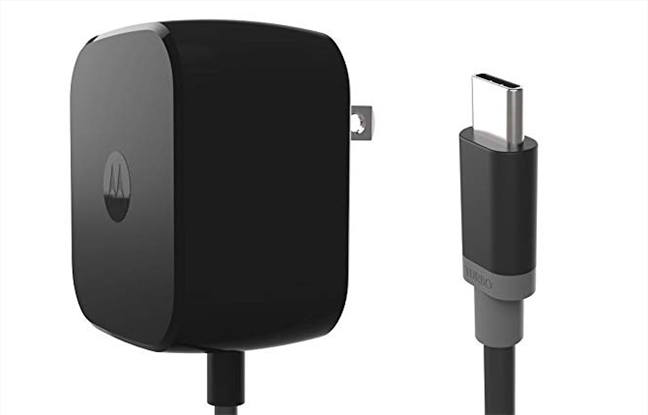
Motorola TurboPower 30 charger
MediaTek Pump Express
MediaTek Pump Express is a fast-charging standard developed by MediaTek and can be found on smartphones that run MediaTek processors. Although MediaTek is a competitor of Qualcomm, the MediaTek Pump Express fast charging standard is compatible with Qualcomm Quick Charge, which is excellent.
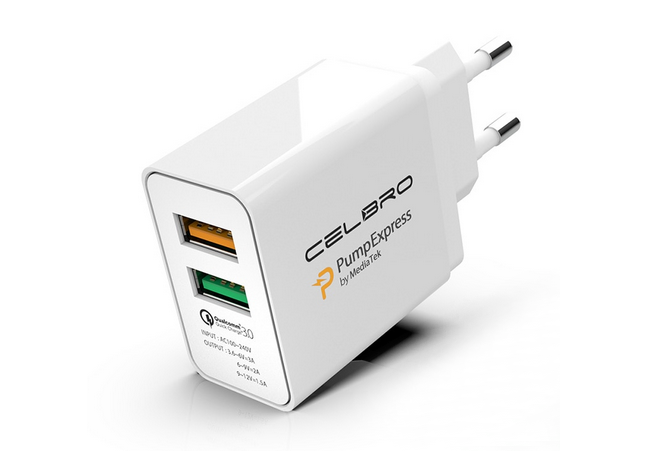
A charger that supports MediaTek Pump Express
OnePlus Dash/Warp Charge, Oppo VOOC/Super VOOC
OnePlus Dash Charge is based on Oppo’s VOOC fast charging technology, and the two should be compatible with one another. It’s also used by Realme on its devices but under a different name: Dart Charge. Although these are some of the fastest charging standards in the world, they have the significant disadvantage of not being compatible with other standards.
Smartphones that use these charging standards can fast charge only with proprietary chargers because they require special circuitry built into the chargers. They do not work with third-party chargers made by companies other than their manufacturers.
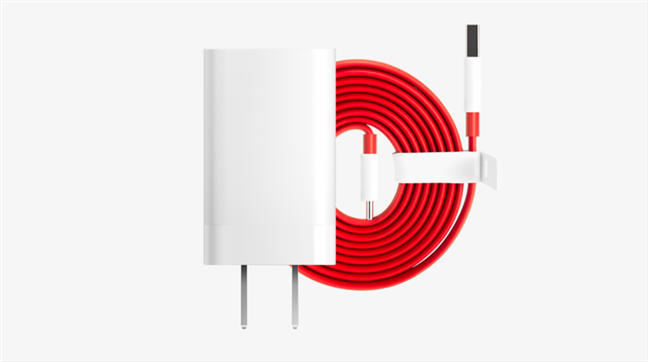
OnePlus Fast Charge power adapter and cable
Huawei SuperCharge and SuperCharge 2.0
Huawei SuperCharge and its 2.0 version are fast charging standards proprietary to Huawei. It can deliver up to 10 Volts and 4 Amperes, and up to a maximum of 40 Watts of electrical power. The standards are also compatible with Qualcomm Quick Charge.
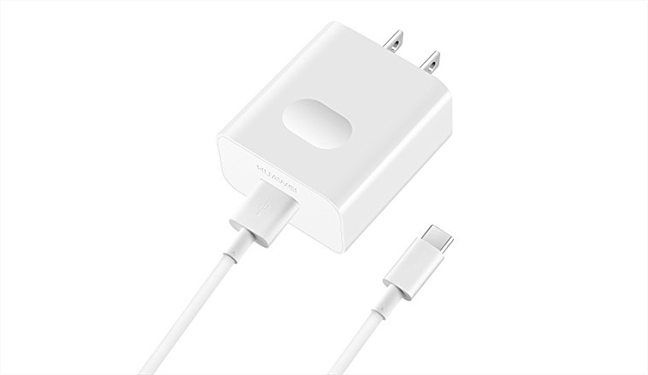
Huawei SuperCharge adapter
What happens when you use a fast charger from another company with another charging technology for your smartphone?
Yes, you can use any charger to charge any smartphone because all chargers are compatible with the others. However, in the worst-case scenario, your smartphone might charge slowly, using the lowest voltage and amperage compatible with both your smartphone and your charger. Do not expect to be able to fast charge your smartphone using a fast charger from another company with another fast charging tech built into it. Some fast charging standards are compatible with others, which means that you might be able to get fast charging when mixing chargers and devices with compatible standards. However, there is a lot of trial and error in doing so, and it might not always work as you expect. The fastest charging speed of a smartphone is usually achieved using its bundled charger and charging cable, except when using an iPhone, for which you need to purchase a separate fast charger.
Are you happy with the fast charger that comes with your smartphone?
We prefer to use the chargers bundled with our smartphones, if any, and avoid using other chargers than the ones officially supported by our smartphones. However, we also use borrowed chargers on occasion, even if that means waiting for a lot longer to charge our devices. Do you do the same? What’s your favorite fast charging standard? Are you happy with the charger you get with your smartphone? Comment below, and let’s discuss.


 20.05.2022
20.05.2022 